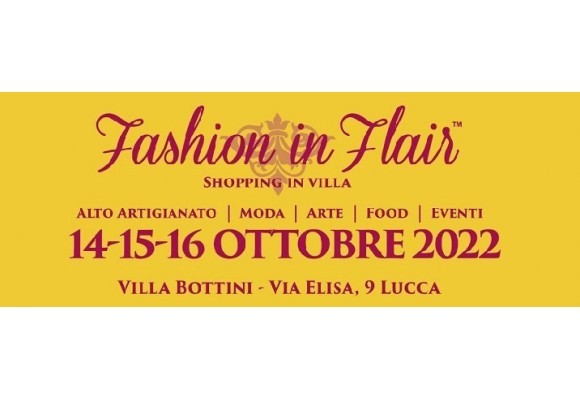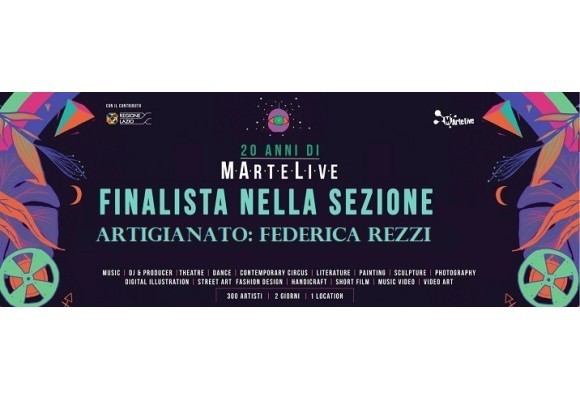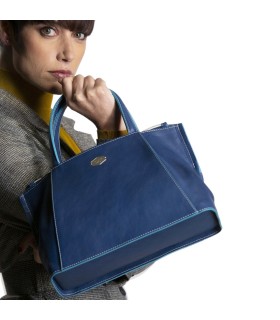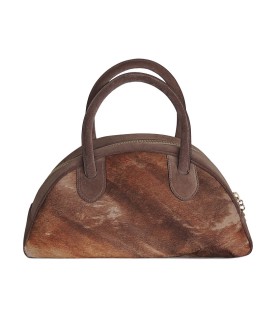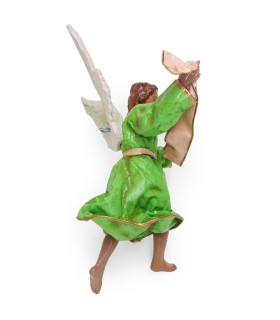Textile museums in Lombardy
In Lombardy there are over forty museums that try to preserve the memory of their artisan roots, from the working of iron, weaving, footwear, bijou, toys up to violin making. In this article we will tell you about the textile museums, a sector that has grown so much from the eighteenth century to the early twentieth century that it has become a reference point in the Italian industrial economy.
During the Middle Ages, Como and its territory established themselves as textile production centers of considerable importance both in Italy and in Europe. This process first took place between the twelfth and thirteenth centuries with the processing of English, German and Spanish wools and the marketing of Como cloths in the main European fairs; then between the fifteenth and sixteenth centuries with the processing of silk in Como and throughout Lombardy.

In Abbadia Lariana, a town on the Lecco side of Lake Como, it is possible to visit the Civic Museum of Setificio Monti; born from the building built around 1818 by the Monti, a Lombard family of silk makers. The building incorporated a minor production structure, of fifteenth-century origin; the first four floors were divided half into administration, warehouses and owners' homes and half into production areas where there were two large circular silk twisters; on the fifth floor there were the accessory machines.
The silk factory not only managed to overcome the crises of the mid-1800s, caused by the contagious disease affecting silkworms (pedrina epizootic) but also managed to increase production, leading to a further modernization of the spinning machine around 1869.
A floor was added, the water wheels were redone and a spinning mill was built for the reeling of the cocoons produced in the area. In this way, a silk factory was obtained, able to start from the raw material and arrive at the finished silk yarns.

Despite this, in the early 1900s, the spinning mill's activity ceased and the spinning machine was handed over to management; the last conductor was Giovanni Cattaneo from 1923 to 1934, the year in which the spinning wheel ceased all activity.
In 1978 the Municipality of Abbadia Lariana bought the old Monti silk factory with the intention of demolishing it and building a school; this plan changed, however, with the establishment of a new municipal administration in 1981: a work of industrial archeology began which led to the creation of the Civic Museum in 1998.

In Busto Arsizio, on the other hand, we find the Textile and Industrial Tradition Museum, established on January 30, 1997, with the aim of collecting and preserving and enhancing objects, machines, products and documents of the local textile industry.
The Museum is located in the building that housed the spinning department of one of the main factories in the area, the Ottolini Cotton Mill and is spread over three levels through which the different stages of textile fiber processing are told.

On the ground floor we have the rooms of: Spinning and preparation and Weaving and finishing.
The first presents the phases of cotton processing, cleaning, the steps that bring it to the state of ribbon and yarn as well as the tools used in homes and textile industries (for example, manual spinning machines, spooling machine).
In the second it will be possible to see the evolution of machinery: from the family-type wooden hand loom of the mid-nineteenth century, to the first mechanical looms with sword and whiplash launch of the shuttle (1869), up to the industrial loom for heavy fabrics of the early twentieth century, in addition to the machinery used for the finishing of the fabric.

On the first floor there are the rooms:
- Jacquard processing, where you can see the evolution of the weaving technique invented in 1805 by Joseph Marie Charles; he created a machine that allowed the production of even very complex fabrics thanks to the work of a single worker.
- Packaging and shipping, where there are samples and original labels made by the most important local manufacturers between the mid-nineteenth and early twentieth centuries.
- Experiences, designed to allow visitors to experience textile and cotton processes through the use of their senses.

In the last level, on the second floor, the rooms can be visited:
- Dyeing and molding, where you can see both the exhibitors of natural colors, ancient samples and original notes by Bustesi dyers and the tables for hand printing, proofing, fabrics and molds in metal and wood.
- Embroideries and Schirpa, that is the dowry of the brides of the Upper Milanese made with local fabrics, represented by clothing, women's underwear, sheets, curtains, tablecloths and layettes for newborns of the late nineteenth and early twentieth centuries embroidered by hand or by machine.
- Fibers, which offers a broad overview of the history and evolution of new fibers in human life, in all its uses: clothing, furniture, aerospace industry, transport, architecture, medicine, military civil protection, sports. An example of such fabrics can be found in some exhibits in the room, such as the astronaut suit used by Malerba in 1992, the F1 Llotus seat used by Hakkinen and much more.

In Como instead we find the Didactic Silk Museum, opened to the public in 1990; originated on the initiative of two Como associations that work to recover the finds from the silk factories in the city, with the aim of documenting and enhancing the production tradition of Como silk. The Museum occupies an exhibition area of about 1,000 square meters and is structured in various rooms: the central one where we mention the breeding of the worm and the reeling and the others, where it is possible to see the exhibition of machines and tools. This exhibition documents the silk production of Como from the end of the nineteenth century to the beginning of the twentieth century. A specific work cycle is set up in each room, which can be weaving, checks, dyeing, printing or finishing.

For more information
Museo del Tessile e della Tradizione Industriale
Museo Didattico della seta a Como
Images taken from:
MIDA 2024: the craft fair you can't miss
Lucrezia Piscopo Art, winning project of the Lazio MarteLive 2021 regional final
Interview with Federica Rezzi G, winner of the Lazio MarteLive 2021 final, crafts section
From tradition to today, a special gift for a special professional
The beautiful works of Klimt on the ceramic eggs of La Terra incantata
Valentina Musiu and VALEgnameria, art and craftsmanship in a dynamic and colorful mix



